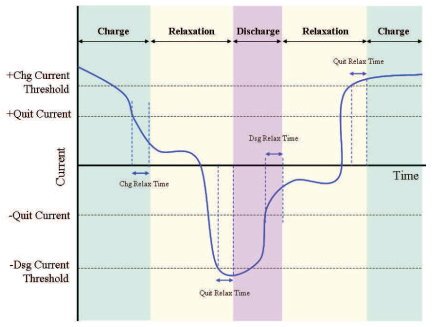I have been trying to change the parameter of bq-27421 to suit my device. In the tutorial, it only tell to change 4 parameters, which are battery capacity, battery energy, terminate voltage and taper rate. However, changing only these four parameters seem not to be enough for my device because bq-27421 just keep watchdog reset itself.
My device operate around -30mA when idle and peak around -100mA when active. When charging the current flow at +121mA. Battery size is 220mAh.
Furthermore due to my device use such a low power compare to the default parameter of bq-27421 so further I tried to change 3 more parameters which are, Charge Threshold current, Discharge Threshold and Quit Current but it doesn't seem to work, again it watchdog reset.
So my question is:
What value of Charge/Discharge Threshold and Quit Current should I use?
Is there any other parameter I should change to make it work?


